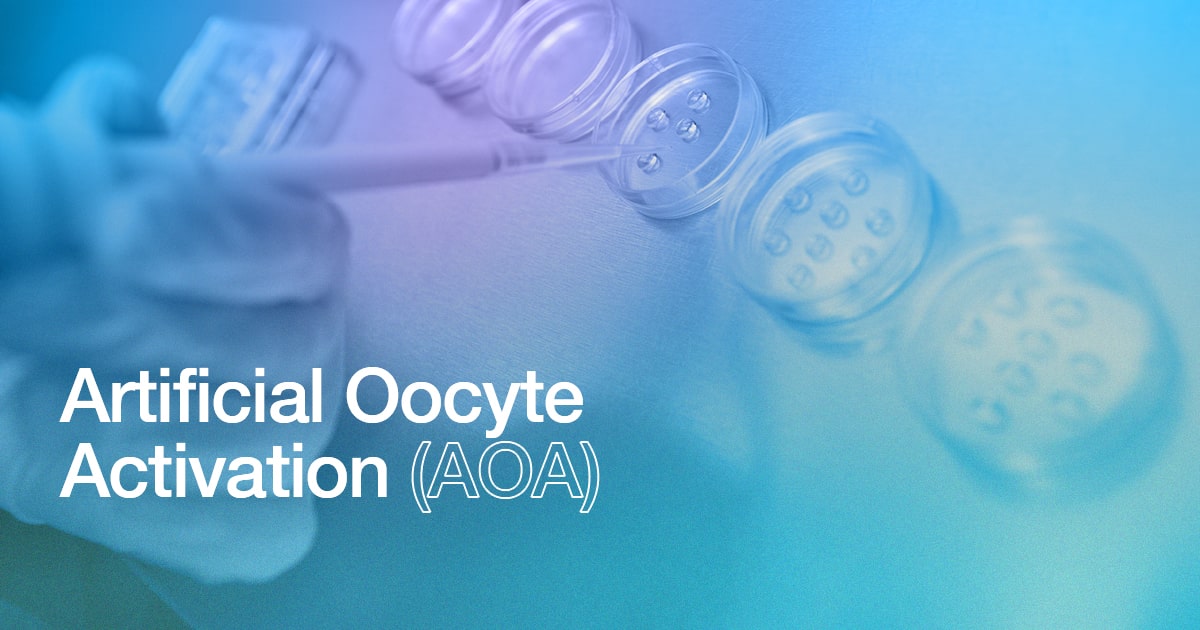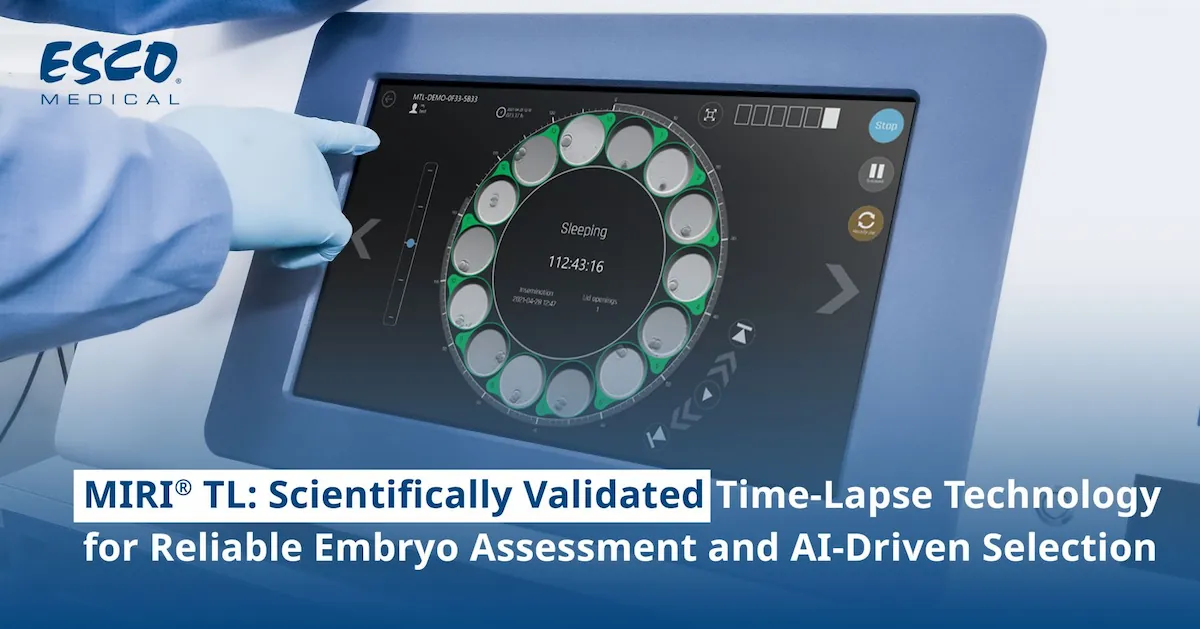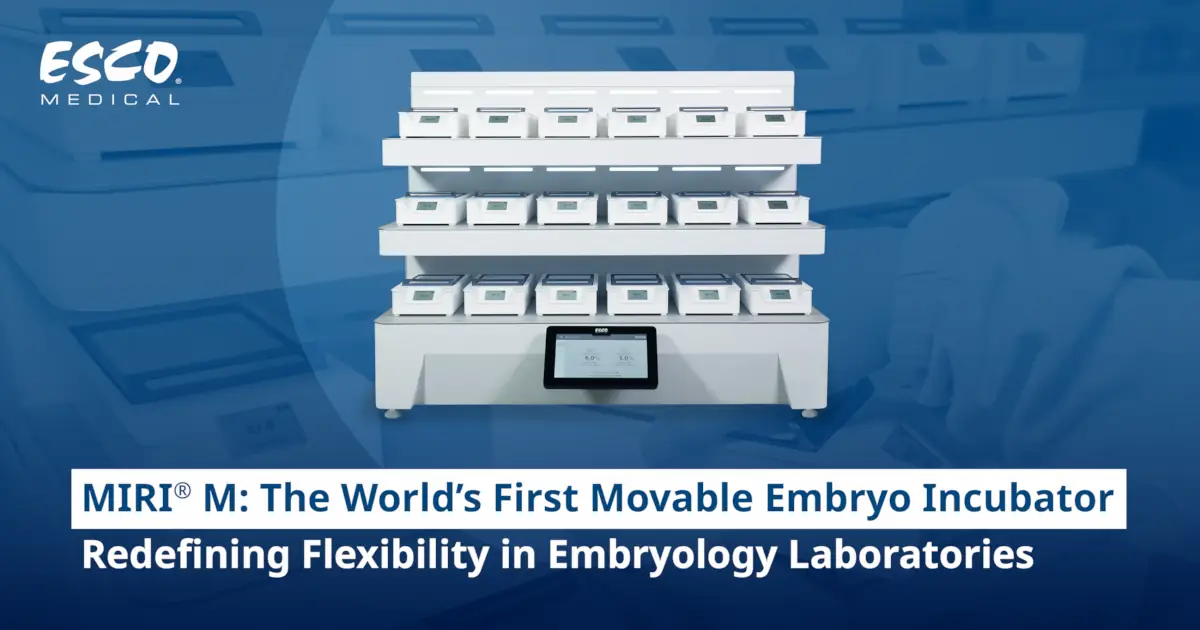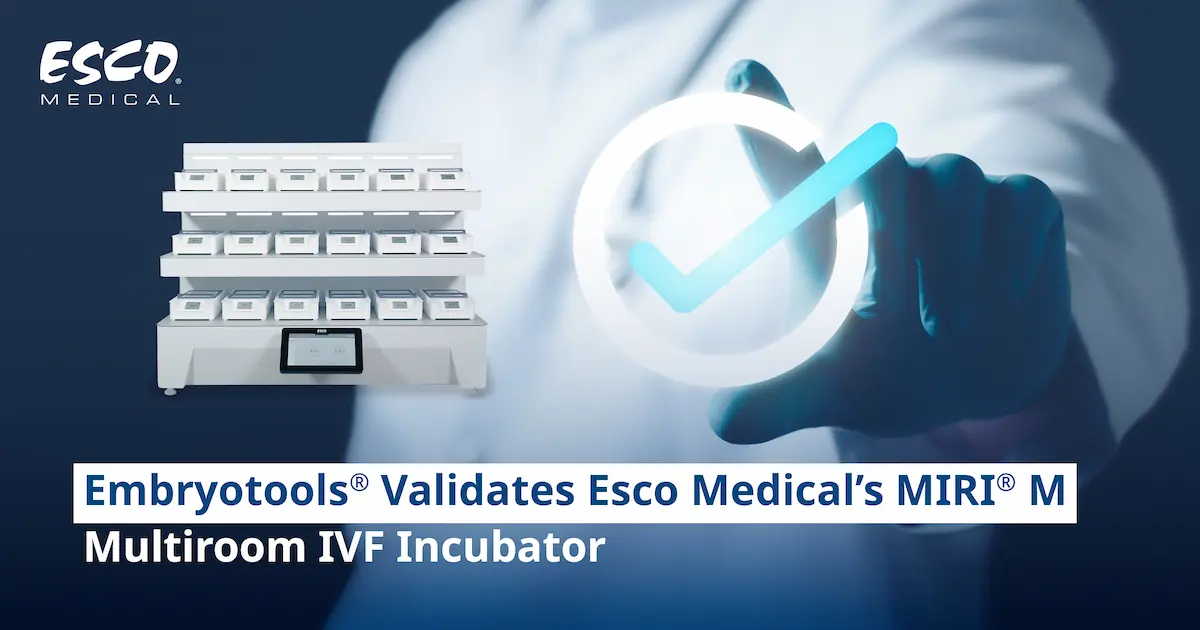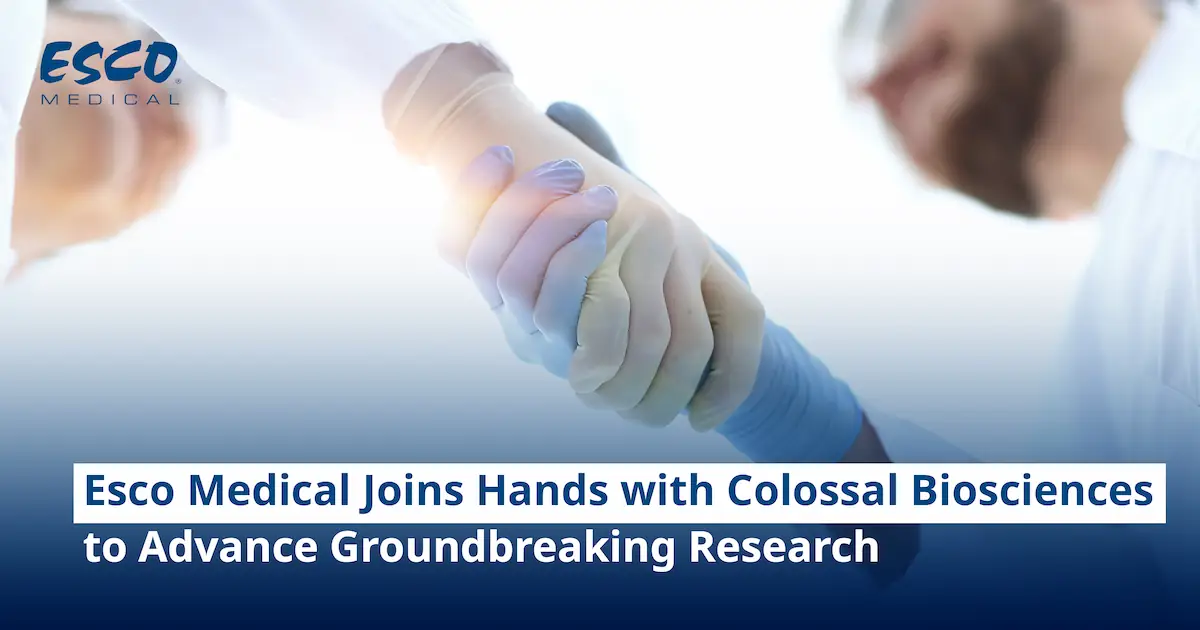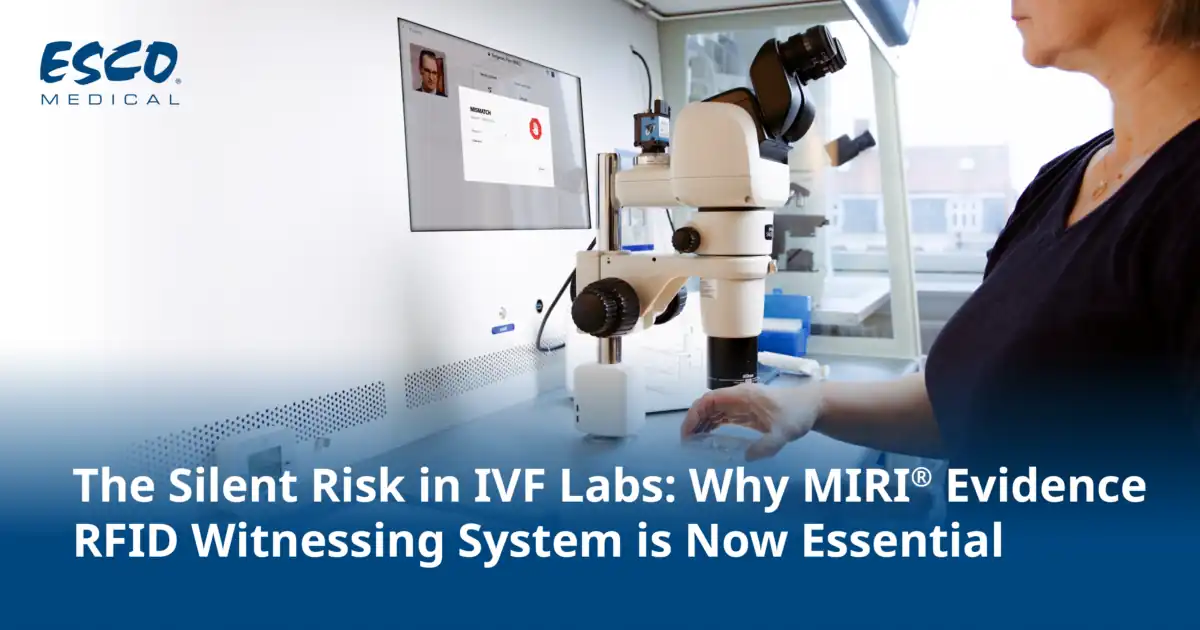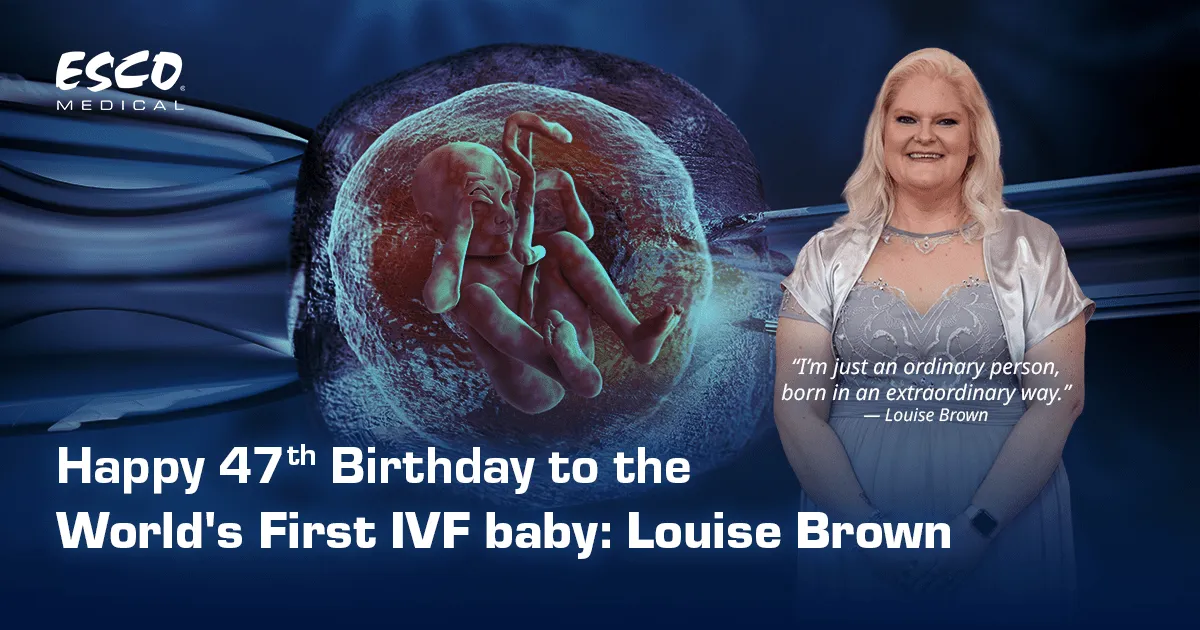Brief overview, significance, and role of Artificial Oocyte Activation.
In the intricate tapestry of assisted reproductive technologies, Artificial Oocyte Activation (AOA) emerges as a beacon of innovation, promising to reshape the landscape of embryo culture. The perpetual quest for refining in vitro fertilization (IVF) outcomes has propelled the scientific community toward exploring novel methodologies, and AOA stands as a testament to this pursuit. This segment of our exploration delves deeper into the principles governing AOA, unraveling the mechanisms that make it a frontrunner in revolutionizing assisted reproduction.
AOA operates on the fundamental premise of activating oocytes to instigate crucial cellular processes, a departure from traditional methods. Recognizing its significance to the broader context of reproductive medicine, this section concludes by emphasizing its role in shaping the future. By analyzing its importance and envisioning potential avenues for growth, we set the stage for a comprehensive exploration of AOA, aiming to contribute meaningfully to the ongoing discourse on advancements in embryo culture.
Principle of AOA:
AOA operates by artificially stimulating oocytes to initiate essential cellular processes, overcoming barriers that may impede natural fertilization. Using various techniques, such as introducing specific agents or altering environmental conditions, AOA mimics physiological signals, ensuring the necessary biochemical changes for successful fertilization. This innovative approach aims to address challenges in assisted reproductive technologies, providing a targeted intervention to enhance the prospects of conception.
AOA comprises several key components related to stimulating the activation process of the oocyte. Here is a summary of the essential components commonly used:
- Calcium Ionophores: These are substances that open calcium ion channels, often used to increase the calcium concentration within the oocyte and stimulate the activation process.
- Electric Pulses (Electroporation): Using electrical pulses to induce changes in the electric field around the oocyte, promoting the activation process.
- Strontium Chloride: Often used as a substitute for calcium in the culture medium to stimulate oocyte activation.
- Chemical Activators: Chemicals like thapsigargin or ionomycin are used to elevate the calcium concentration within the oocyte, triggering the activation process.
- Temperature and pH Changes: Altering the temperature and pH of the culture medium can be used to mimic natural signals and stimulate the activation process.
These components work together to create a stimulating environment, aiming to activate the oocyte and optimize fertilization potential in assisted reproductive procedures. The selection and combination of these components depend on the specific conditions of each case and the goals of the AOA process.
Applications of AOA in Improving IVF Success Rates:
In recent scientific literature, numerous studies have explored the applications of AOA in the context of improving in vitro fertilization (IVF) success rates. Notably, a study conducted by D Bonte et al. (2019) rigorously investigated the outcomes of AOA interventions in a cohort of patients experiencing recurrent fertilization failure. The results demonstrated a statistically significant improvement in fertilization rates, highlighting the potential of AOA to address specific challenges within the IVF/ICSI process
[1].
Moreover, a comprehensive meta-analysis by JL Ruan and colleagues (2022) synthesized data from multiple AOA-related experiments. The meta-analysis not only confirmed the effectiveness of AOA in enhancing fertilization outcomes but also shed light on variations in success rates based on Ca2+ ionophore improves reproductive outcomes in patients with fertilization failure and poor embryo development in previous ICSI cycles. This nuanced analysis contributes to our understanding of the diverse applications of AOA and provides valuable insights into optimizing its implementation
[2].
The discussion surrounding AOA's impact on the biological success rate in IVF has been further enriched by the work of Kazuhiro Akashi et al. Their study delved into the molecular mechanisms activated by AOA, elucidating how these processes contribute to improved embryo development and implantation potential. This molecular-level understanding opens avenues for refining AOA techniques, paving the way for more targeted and personalized applications in assisted reproduction
[3].
Collectively, these contemporary studies underscore the potential of AOA as a transformative intervention in the ICSI/IVF process. By presenting a synthesis of findings from these studies, we gain a comprehensive view of how AOA can be strategically employed to enhance the biological success rate, offering hope for individuals facing challenges in achieving successful pregnancies through assisted reproduction.
Importance and Future Directions of AOA:
AOA plays a pivotal role in overcoming fertilization barriers, especially in cases of male factor infertility and oocyte activation issues.
Future Developments: Ongoing research suggests promising advancements, indicating a potential evolution in the efficacy of AOA.
Influence on Assisted Reproduction: AOA has the potential to redefine success criteria and benchmarks in the realm of assisted reproduction.
Patient Benefits: Improved success rates through AOA directly contribute to enhanced patient outcomes and experiences.
Ethical Considerations: Ethical frameworks must guide the responsible application of AOA techniques in assisted reproduction.
The observed variability in AOA responses offers a unique opportunity for customization in fertility treatments. Tailoring interventions to the distinctive needs of individuals becomes a prospect, holding the potential to enhance the efficacy of AOA applications.
In conclusion, the exploration of AOA underscores its substantial potential in addressing fertilization challenges, notably in cases of male factor infertility and oocyte activation abnormalities. The presented studies demonstrate AOA's efficacy in enhancing IVF success rates, providing new avenues for advancing assisted reproduction.
Maintaining ethical standards is crucial, and
Esco Medical, with its focus on producing devices professionally, can contribute significantly to ensuring responsible and high-quality applications. The future of AOA in assisted reproduction, particularly in using
Esco Medical incubators in embryo culture, supported innovation, and the continual expansion of possibilities in the pursuit of enhanced fertility treatments.
